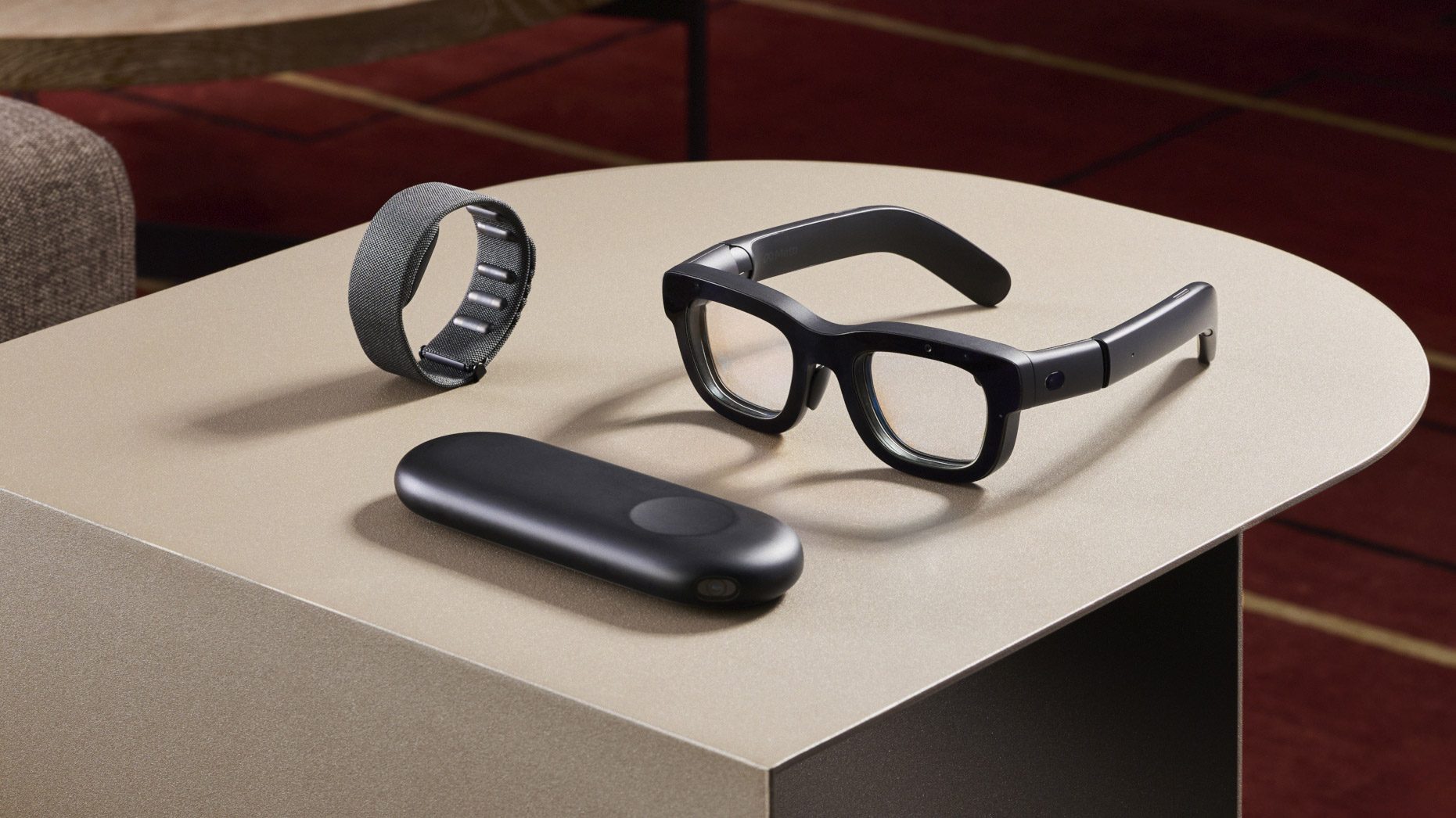Pushing the boundaries of standalone XR headsets involves two critical elements: shedding excess weight and boosting performance. While Meta has flaunted its Orion AR glasses prototype paired with a wireless compute unit, Andrew Bosworth, Meta’s CTO, isn’t convinced that this approach is the ultimate solution for standalone VR gaming.
Bosworth, who heads the Reality Labs XR division at Meta, often shares insights during his Q&A sessions on Instagram, covering a wide range of topics—sometimes veering into his personal life, other times staying professional.
In his recent Q&A, he addressed the topic of wireless compute units, emphasizing that they may not be the ideal choice for their standalone VR headsets.
Meta Quest 3S | Image courtesy Meta
“We’ve explored this concept multiple times. Wireless compute pucks don’t address the core issue. Even with wireless setups, the headset still requires a battery, which adds to the weight. You might gain some thermal advantages, potentially enhancing performance, but now bandwidth limitations come into play due to reliance on radio connections,” Bosworth explains.
Aside from these technical challenges, Meta’s main goal is to create affordable, consumer-friendly products, like the Quest 3S, which starts at a reasonable $300 for the 128GB version. Bosworth adds:
“You’re significantly increasing your costs because, although your main silicon may reside in the wireless compute puck, you still need considerable processing power to operate the displays, manage local corrections, and handle data streaming. Ultimately, the numbers just don’t add up. This approach doesn’t save much weight and significantly drives up cost and complexity.”

Meta’s Orion AR Glasses Prototype | Image courtesy Meta
Interestingly, this differs from the Orion prototype, which indeed incorporates a wireless compute unit. However, Orion isn’t heading to market due to its high cost—reportedly around $10,000 per unit—mainly due to its complex silicon carbide lenses. In some scenarios, like delivering less immersive graphics to AR glasses, wireless pucks can be advantageous.
On a related note, Bosworth mentioned that Meta’s first consumer AR glasses won’t be priced like the Quest series. Back in September, he noted that this upcoming device won’t be inexpensive, but they aim to make it comparable to the cost of other tech like phones and laptops.










![[PS5] Lost Records: Bloom and Rage – Tape 2: A Review [PS5] Lost Records: Bloom and Rage – Tape 2: A Review](https://www.levelonenews.net/wp-content/uploads/2025/04/Game-Giveaway-Lost-Records-Bloom-and-Rage-for-Free-PlayStation-360x180.jpg)




































